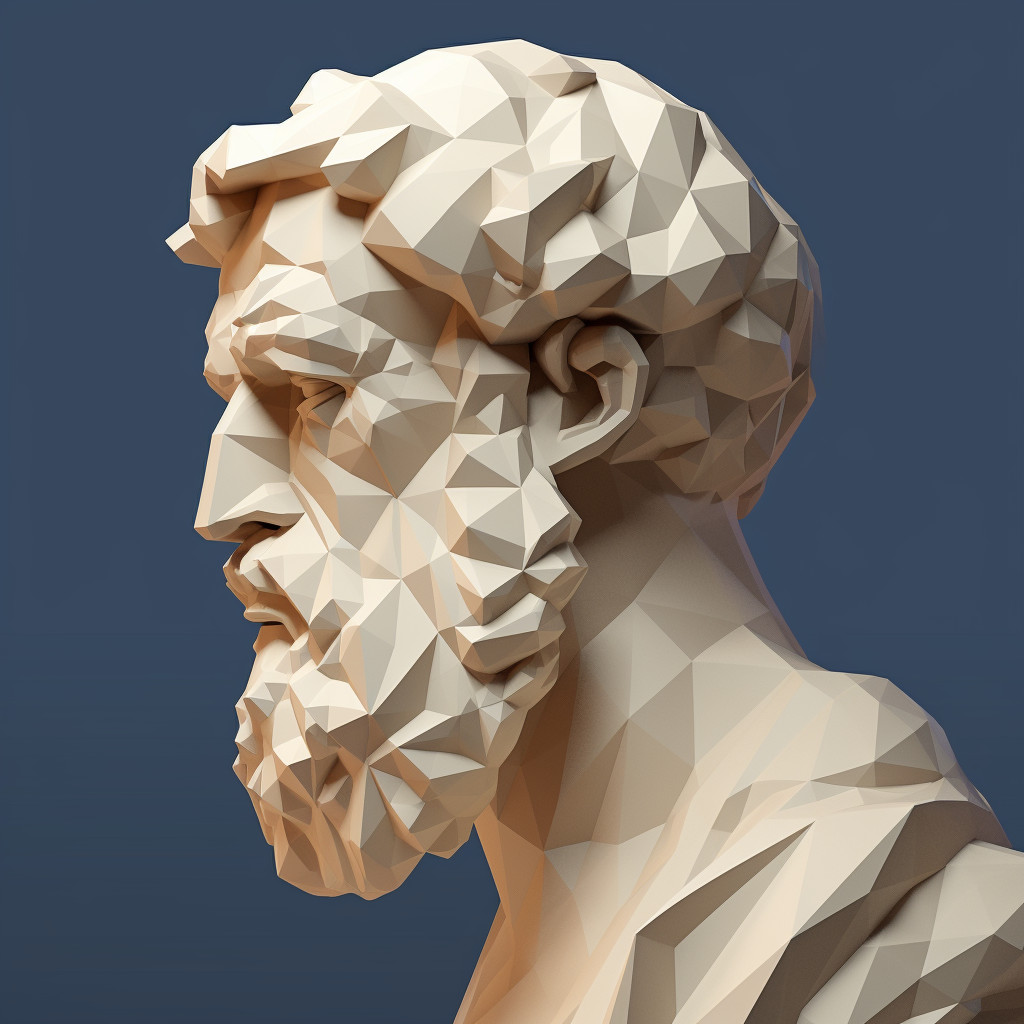The quote ”In educating the young we steer them by the rudders of pleasure and pain” is a metaphor that likens the process of education to the act of steering a ship. The “pleasure” and “pain” mentioned in the quote are the incentives and disincentives used to guide children in their learning journey.
In essence, this quote suggests that the process of learning is often driven by the dual forces of pleasure and pain. Pleasure, in this context, can be understood as the rewards and positive reinforcements that make learning enjoyable and satisfying. It could be the joy of discovery, the satisfaction of solving a problem, or even tangible rewards like praise, grades, or prizes. Conversely, pain can be seen as the negative consequences of not learning or not achieving the desired results. This could be the disappointment of failure, the fear of punishment, or the discomfort of not knowing something.
This method of steering through pleasure and pain is a fundamental aspect of human psychology, often referred to as the “carrot and stick” approach. We are naturally inclined to seek pleasure and avoid pain, and this inherent tendency can be harnessed to motivate and guide learning.
In today’s world, this approach is still widely used in both formal education and personal development. For instance, teachers may use grades as a form of reward and punishment, encouraging students to study harder. Similarly, in personal development, one might set up a reward system for achieving personal goals, or use the discomfort of stagnation as a motivator for growth.
However, while this approach can be effective, it’s also important to remember that learning should not be solely driven by external rewards and punishments. Intrinsic motivation, or the desire to learn for its own sake, is equally, if not more, important. In the long run, cultivating a genuine love for learning and a curiosity about the world can lead to more sustainable and fulfilling educational outcomes.








![[Hope is] the dream of a waking man.](https://quotesguide.s3.amazonaws.com/output/hope-is-the-dream-of-a-waking-man.jpg)



